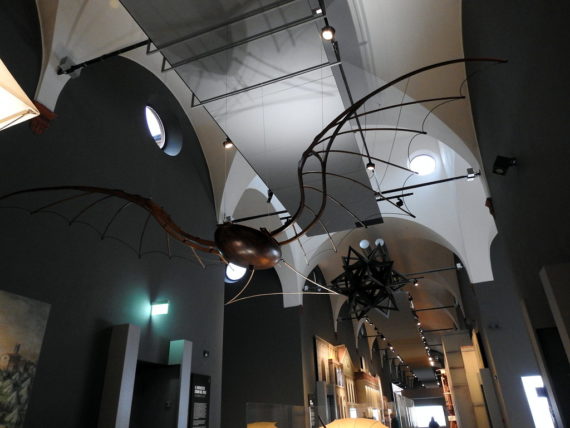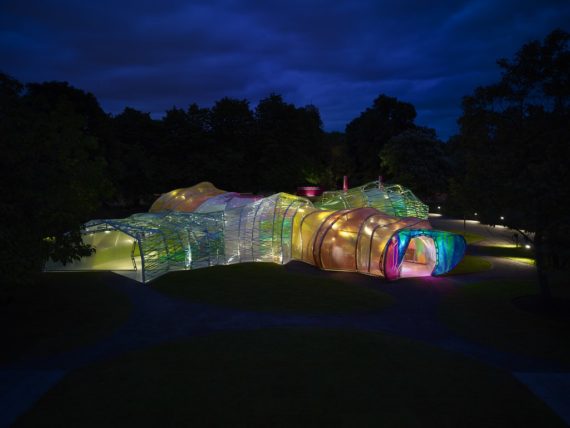What can cultural institutions do to foster a STEAM approach, in which art acts as a stimulus for the dissemination and understanding of scientific research and science acts as a stimulus for the search for new artistic languages and new means of expression?
For several years, the most important museums have been promoting initiatives aimed at audience engagement, enriching their programs with projects that involve the public, which from passive users of exhibitions are transformed into active users of workshops, interactive visits, etc.
The Leonardo da Vinci Museum
A good practice in this direction comes from the National Museum of Science and Technology “Leonardo da Vinci” in Milan, born in 1953, through the Future Inventors program. The program “aims to involve children aged 11 to 13 in STEM disciplines” through an innovative approach that overcomes the distinction between scientific and artistic subjects. The program’s “place of experimentation” is a permanent laboratory where all museum visitors can interact with art installations that stand at the crossroads of art, science and technology. The main themes around which the digital installations hosted by the museum revolve are image, sound and pixel.

The most interesting element to highlight of the Future Inventors initiative is the high quality of the works of art, produced by contemporary artists of international standing such as Michael Bromley, Anders Lind, Machiel Veltkamp and Moritz Simon Geist. It is in this balance between artistic research and scientific research that the A of Art can organically fit into the STEM disciplines. The digital installations hosted by Future Inventors are works of art in terms of aesthetics and language, but at the same time they are innovative teaching tools, which educate young people in scientific contents through an experiential approach that allows them to manipulate the works and interact with them.
Be inspired: watch the video with the artworks of the Future Inventors laboratory
The Serpentine Gallery
But cultural institutions can go even further, becoming STEAM research and experimentation centers themselves. This is the goal of the Arts Technologies program of the Serpentine Gallery in London, a contemporary art gallery founded in 1970.
“The Arts Technologies program at Serpentine proposes critical and interdisciplinary perspectives on advanced technologies through artistic interventions.
Challenging and reshaping the role that technologies can play in culture and society is part of Serpentine’s commitment to supporting new artistic experiments at what has now become a historical intersection. The program initiates and supports artists in developing ambitious artworks that deploy advanced technologies as a medium, tool or topic, often operating beyond gallery walls.
The foundation of the Arts Technologies program is located in an evolving R&D Platform that supports the development of infrastructures for ongoing artistic exploration and interrogation of advanced and emerging technologies. ”

The Serpentine Gallery is one of the most virtuous examples of how a cultural center, which speaks the language of art and which at the same time lives in the contemporary world, in which one cannot fail to consider the specific weight of new technologies, can offer a relevant contribution in the research and creation of innovative technologies.
The world of culture cannot leave the debate and development of new technologies in the hands of technicians: for them to evolve in a sustainable and inclusive direction, culture and science must dialogue on directions and objectives of technological development.
Be inspired: watch the video of the I Magma app / oracle created by the artist Jenna Sutela
Written by Alessia Tripaldi, Sineglossa
